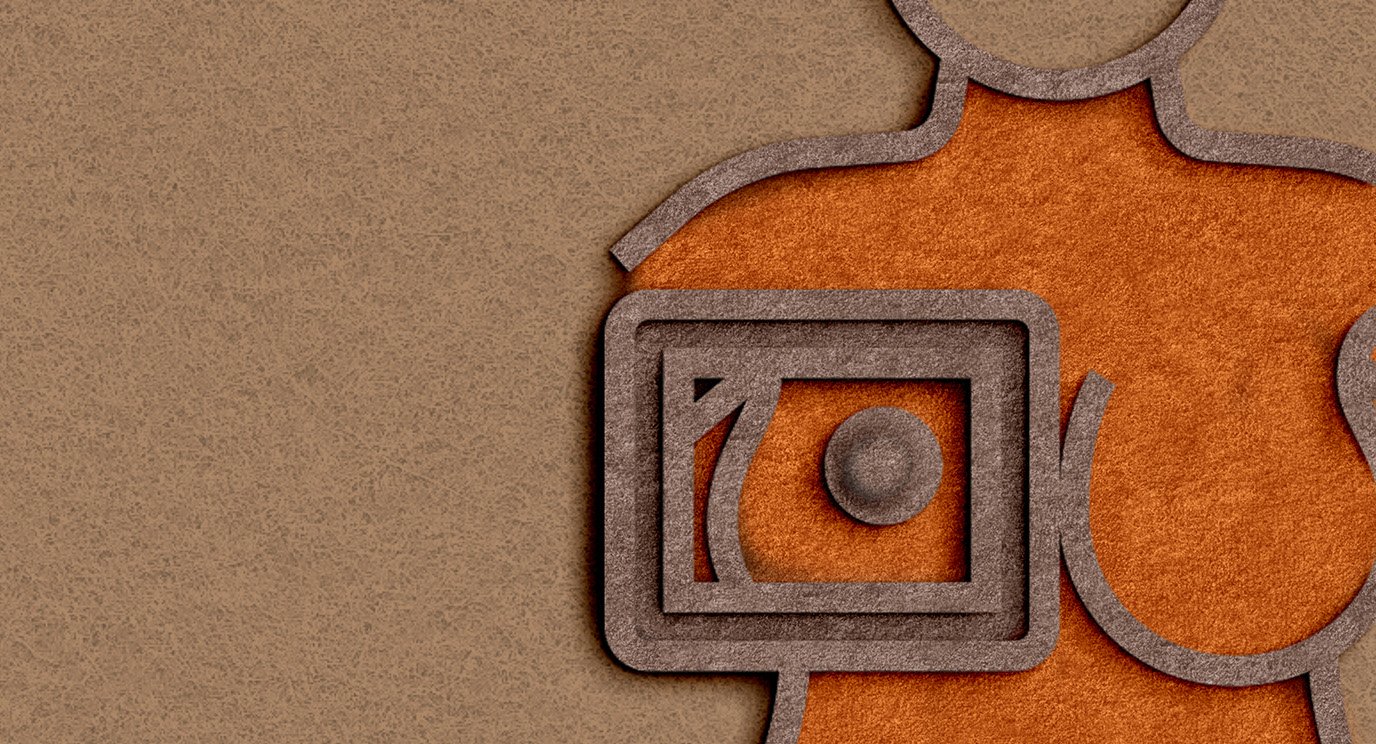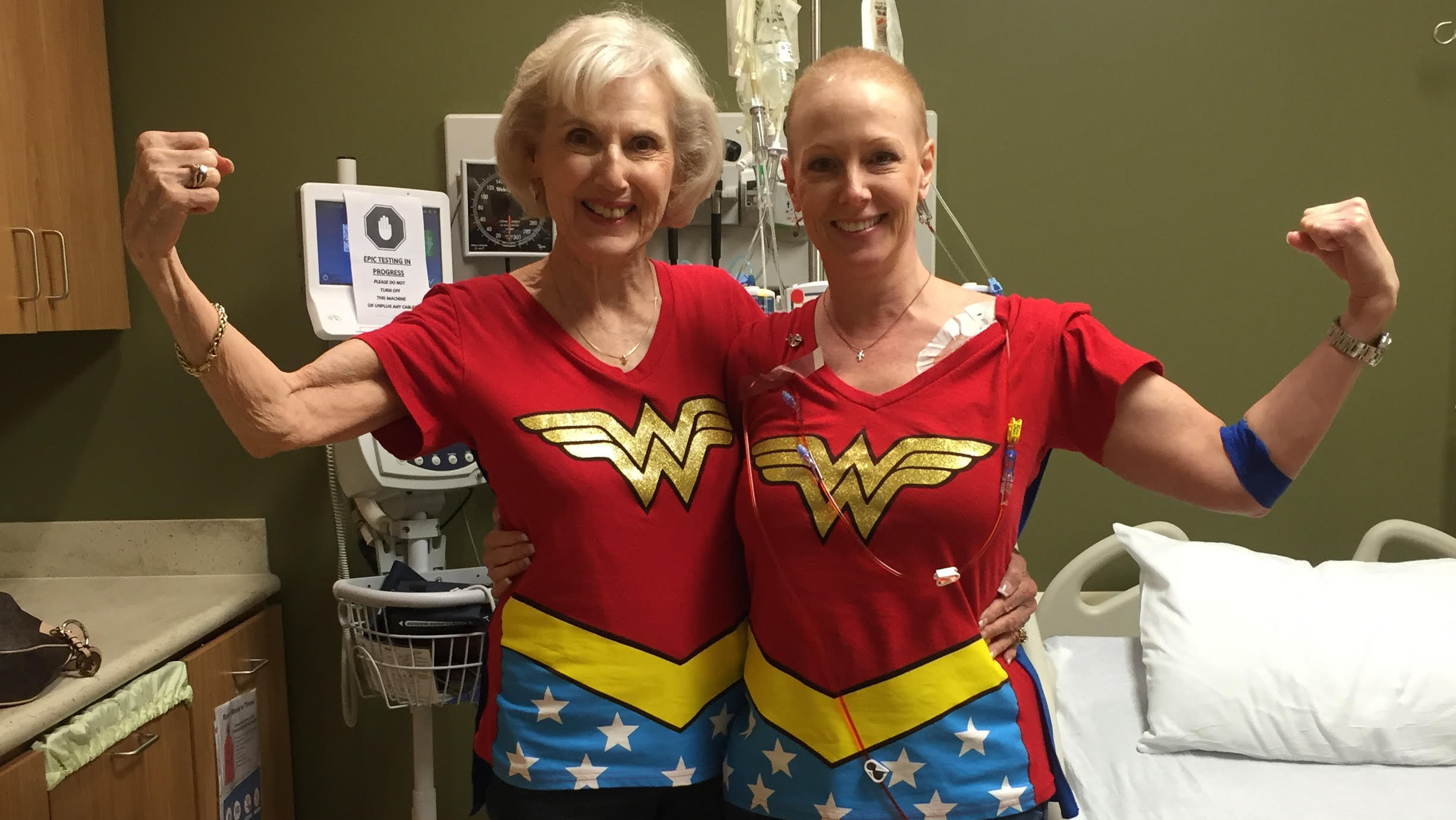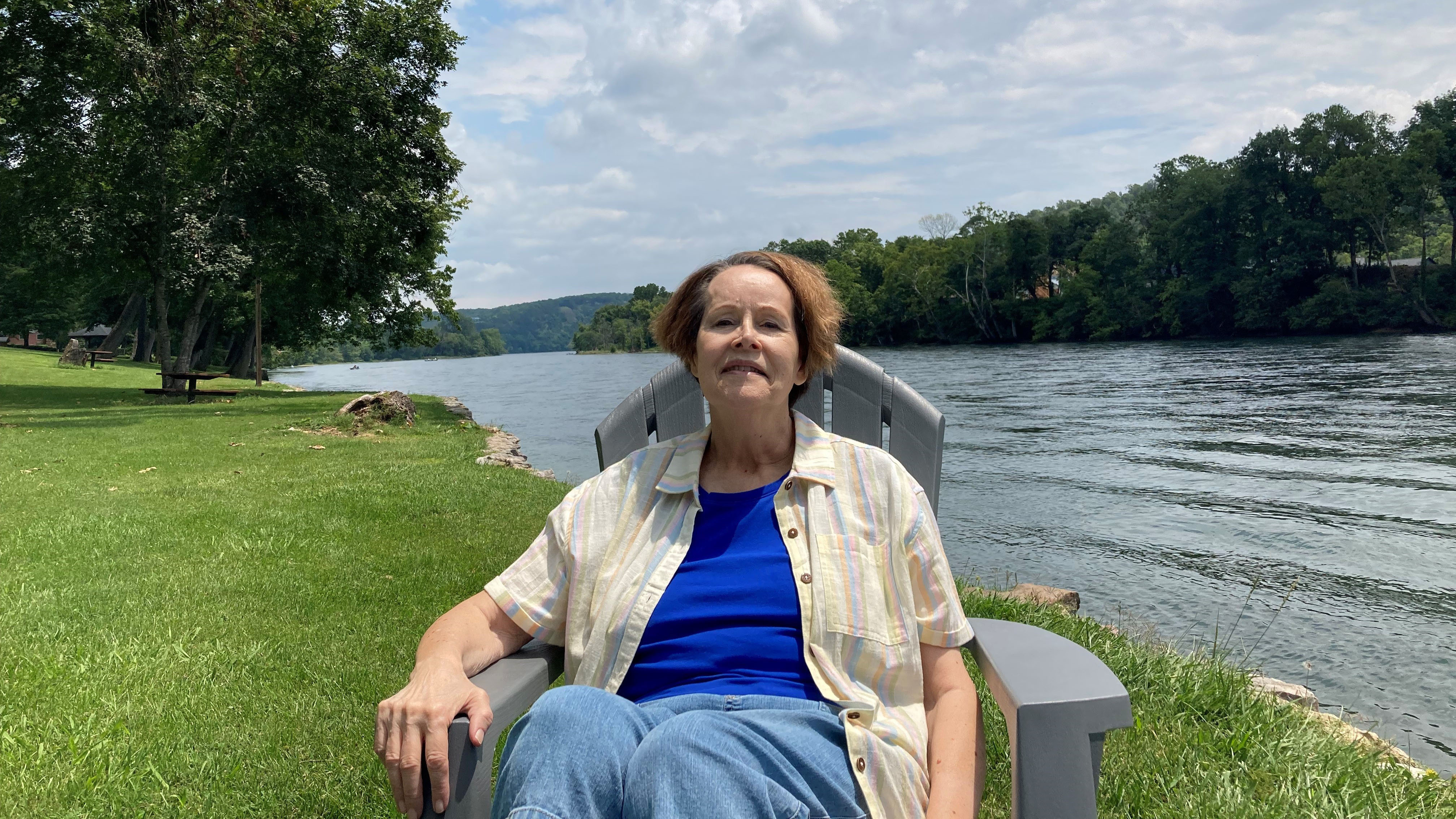- Diseases
- Acoustic Neuroma (16)
- Adrenal Gland Tumor (24)
- Anal Cancer (70)
- Anemia (2)
- Appendix Cancer (18)
- Bile Duct Cancer (26)
- Bladder Cancer (74)
- Brain Metastases (28)
- Brain Tumor (234)
- Breast Cancer (726)
- Breast Implant-Associated Anaplastic Large Cell Lymphoma (2)
- Cancer of Unknown Primary (4)
- Carcinoid Tumor (8)
- Cervical Cancer (164)
- Colon Cancer (168)
- Colorectal Cancer (118)
- Endocrine Tumor (4)
- Esophageal Cancer (44)
- Eye Cancer (36)
- Fallopian Tube Cancer (8)
- Germ Cell Tumor (4)
- Gestational Trophoblastic Disease (2)
- Head and Neck Cancer (14)
- Kidney Cancer (130)
- Leukemia (342)
- Liver Cancer (50)
- Lung Cancer (286)
- Lymphoma (278)
- Mesothelioma (14)
- Metastasis (30)
- Multiple Myeloma (100)
- Myelodysplastic Syndrome (60)
- Myeloproliferative Neoplasm (6)
- Neuroendocrine Tumors (16)
- Oral Cancer (102)
- Ovarian Cancer (178)
- Pancreatic Cancer (160)
- Parathyroid Disease (2)
- Penile Cancer (14)
- Pituitary Tumor (6)
- Prostate Cancer (150)
- Rectal Cancer (58)
- Renal Medullary Carcinoma (6)
- Salivary Gland Cancer (14)
- Sarcoma (238)
- Skin Cancer (300)
- Skull Base Tumors (56)
- Spinal Tumor (12)
- Stomach Cancer (66)
- Testicular Cancer (28)
- Throat Cancer (92)
- Thymoma (6)
- Thyroid Cancer (100)
- Tonsil Cancer (30)
- Uterine Cancer (86)
- Vaginal Cancer (18)
- Vulvar Cancer (22)
- Cancer Topic
- Adolescent and Young Adult Cancer Issues (22)
- Advance Care Planning (12)
- Biostatistics (2)
- Blood Donation (18)
- Bone Health (8)
- COVID-19 (360)
- Cancer Recurrence (120)
- Childhood Cancer Issues (120)
- Clinical Trials (628)
- Complementary Integrative Medicine (22)
- Cytogenetics (2)
- DNA Methylation (4)
- Diagnosis (238)
- Epigenetics (6)
- Fertility (62)
- Follow-up Guidelines (2)
- Health Disparities (14)
- Hereditary Cancer Syndromes (128)
- Immunology (18)
- Li-Fraumeni Syndrome (8)
- Mental Health (122)
- Molecular Diagnostics (8)
- Pain Management (62)
- Palliative Care (8)
- Pathology (10)
- Physical Therapy (18)
- Pregnancy (18)
- Prevention (936)
- Research (390)
- Second Opinion (78)
- Sexuality (16)
- Side Effects (616)
- Sleep Disorders (10)
- Stem Cell Transplantation Cellular Therapy (216)
- Support (408)
- Survivorship (328)
- Symptoms (182)
- Treatment (1788)
Lymphedema-relieving surgery keeps triathlete in the race
5 minute read | Published November 08, 2018
Medically Reviewed | Last reviewed by an MD Anderson Cancer Center medical professional on November 08, 2018
On Oct. 28, Mary Lindimore crossed the finish line of the IRONMAN Waco 70.3 triathlon. Alongside her was Cheryl Pfennig, the MD Anderson advanced practice registered nurse who helped her get there. Both participants biked 56 miles and ran 13.1 miles during the race. The swim portion was cancelled due to bad weather.
“I was nervous about the race, but excited to cheer Mary on,” Pfennig says. “She’s been a big inspiration to me. We’ve inspired each other.”
Mary has overcome three different types of breast cancer and debilitating lymphedema, a common cancer treatment side effect that causes blockages in the lymphatic system and leads to swelling and pain.
But a surgery called a lymph node transfer helped alleviate the swelling lymphedema had caused in her left arm.
“I couldn’t have done this race without the surgery,” Mary says. “It’s a real gift, and MD Anderson gave that to me.”
Second opinion brings new hope for lymphedema relief
Mary developed lymphedema in 2007, during her first round of treatment for HER-2+ breast cancer. Her arm was so swollen she had to buy specially made clothing. Nothing fit, and nothing made it better, not even traditional treatments like wraps and massages.
“No one could do anything about it,” Mary says.
That is, until she came to MD Anderson.
In 2016, when Mary was diagnosed with breast cancer for the second time, she and her husband decided to seek a second opinion at MD Anderson. They’d heard it was the best.
On MD Anderson’s website, Mary found information on lymphedema treatment. She called and asked to see a specialist about that, too.
Here, she met with breast cancer surgeon Isabelle Bedrosian, M.D. That’s when Mary learned she actually had two different types of cancerous tumors — lobular carcinoma and malignant neoplasm. But Bedrosian gave Mary faith that she could beat cancer again.
Then, Mary saw Mark Schaverien, M.D., a plastic surgeon who specializes in treating lymphedema. He explained that Mary’s lymphatic system was like a clogged pipe. He could treat it in two different ways. One was a surgery called a lymphatic liposuction that reduces swelling. The other was a surgery called a lymph node transfer. In the latter, surgeons take lymph nodes from other parts of the body and use them to fix the spot where the lymphatic system is clogged, like a plumber replacing pipes. This allows the patient’s lymphatic system to drain fluid. While the procedure can't completely reverse lymphedema, nearly 100% of patients saw a positive change, Schaverien explained.
Mary had never heard of such procedures.
“I was stunned,” she says. “In nine years, Dr. Schaverien was the only person who had given me hope.”
Exercising during breast cancer treatment
Around the time of her first breast cancer diagnosis, Mary’s doctor had told her she needed to lose weight.
“It would be a real waste of all that treatment if I lived an unhealthy life and let something else kill me,” Mary says, matter-of-factly. “So I started running. I was 51 and had never run anywhere, but running doesn’t cost very much, and all you need is a pair of shoes.”
Still, running didn’t come easy. Mary had to use her right arm to cradle her swollen left arm as she ran, but she stuck with it. She also signed up for a few 5Ks and learned she actually enjoyed running.
Soon after, Mary’s sister decided to compete in a sprint — or short distance — triathlon in honor of her. Mary thought, “I don’t want people to run in honor of me. I want to them to run with me.” So, she signed up, too.
Mary came to love triathlons, but her lymphedema made them extra challenging. She added splints to her bike’s handlebars to support her arm, and wore a sleeveless wetsuit because she couldn’t fit her arm inside a regular one. The idea of a surgery that could change all that was exciting.
Undergoing a mastectomy and lymph node transfer
In December 2016, Mary had her first surgery at MD Anderson. Bedrosian performed a partial mastectomy to remove the cancer and a sentinel node biopsy to determine if the cancer had spread. Then, Schaverien performed a lymphatic liposuction.
Almost immediately after surgery, Mary noticed that the swelling in her arm was gone. The biopsy showed that some cancer still remained, so in May, Mary opted for a double mastectomy, reconstruction and the lymph node transfer. While the liposuction had already reduced the swelling, the lymph node transfer would help her lymphatic system drain normally, making the change more permanent.
Bedrosian’s and Schaverien’s teams worked together seamlessly to perform all the procedures in one 10-hour surgery.
“The collaboration between the teams was just amazing,” Mary says.
Surgery finally brings relief from lymphedema
Mary stayed in the hospital for seven days before returning home.
The surgery changed my world,” she says.
She decided to take on longer distances. First a half marathon, then a half triathlon.
She continued to take oral chemotherapy for her breast cancer treatment and returned to MD Anderson for her checkups. It was during those appointments that Mary bonded with her nurse practitioner, Cheryl Pfennig, over racing. When Mary learned that Pfennig was training for an IRONMAN 70.3, she excitedly challenged Pfennig to do another one after that -- this time with her.
“I was thinking, ‘I haven’t done the first one yet, but OK,’” Pfennig says.
When Pfennig finished her race, Mary congratulated her, and then quickly reminded her of her promise. They followed each other’s training through social media. And when training was difficult, Pfennig thought of Mary.
“I can’t complain at all. Mary has been through so much more and does it with a smile. She gave me that perspective,” Pfennig says.
Now, with more races under her belt, Mary shows no signs of stopping. She continues to run, swim and bike.
“The quality of life I have now is just amazing,” she says.
Request an appointment at MD Anderson online or by calling 1-855-993-0075.
Related Cancerwise Stories

I couldn’t have done this race without the surgery.
Mary Lindimore
Survivor





